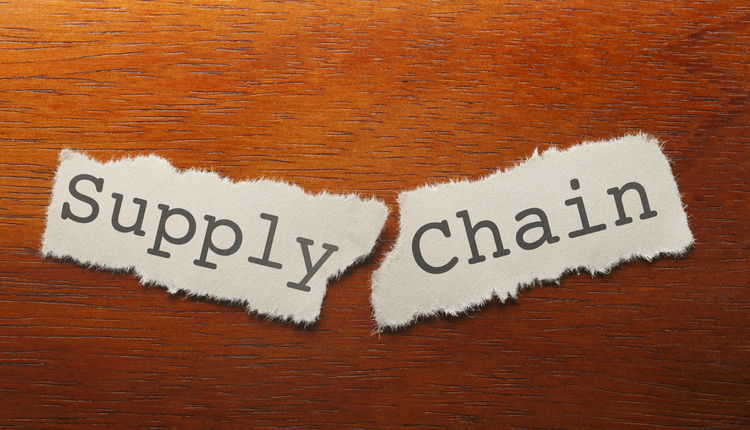This article originally appeared in the January/February, 2018 issue of PARCEL
The provider that offers the fastest last-mile service wins the race, right? Think again! It’s all about customer service. Defining “customer service” often depends on your own business, but it can broadly be defined as a measurement of how products or services supplied by a company meet or surpass a customer’s expectation.
What do you do when you, as a customer, have an issue?
In today’s growing digital world, technology reigns supreme by allowing users to track packages, book shipments, manage inventory, and a lot more via smartphones, tablets, and laptops. But what if something unexpected happens? Picking up the phone may involve being put on hold for hours or jumping through hoops just to speak to someone. Even worse, what if there is no phone number available, but instead just an email address? For shippers and customers alike, time is crucial, and because of this, social media has become a quick way to find assistance and vent frustration. However, a growing number of social media customer assistance accounts are bots that encourage the user to send a private message via the platform with details so that a ‘real person’ can respond in maybe a not-so-timely manner.
The Importance of Customer Experience
According to a survey conducted by logistics software firm Convey, 83% of retailers confirmed that customer experience is a companywide goal. In today’s digital commerce, 70% confirmed it is either crucial or very important to improve "bidirectional communication" with consumers regarding their delivery expectations, package tracking, and resolution of delivery options. Another 70% agreed that "the ability to take dynamic and proactive action on in-transit issues such as rerouting or expediting shipments” is crucial or very important.
However, what happens when customer experience and service conflicts with other company priorities, such as cost savings? The same survey found that more than 50% said reducing costs and improving margins is still crucial. The first instinct is to automate processes and provide as much data to the customer in real time as possible. This works well until something unexpectedly happens, as noted previously.
Tips for Exceptional Customer Service
As noted in an article from consulting firm McKinsey, consistency is key. We took this concept and established our top three customer service tips for today’s digital environment.
- Consistency across all channels: Ensure customer service is consistent and not siloed across all channels including in-store, online, and mobile.
- Consistency between retailer and last-mile delivery partner: Establish and understand roles for each partner, and ensure technology tools and real-time data are shared with the customer allowing for a seamless delivery process.
- Consistency in communication and follow-up: A retailer’s responsibility does not end when it hands off a package to its last-mile delivery partner. Follow up with the customer to make sure the package was delivered on time and not damaged, and don’t forget to ask if the customer is completely satisfied with their experience.
Conclusion
The customer experience and service begin when the customer enters the store or website and continues all the way to the customer’s front door and, in some cases, even beyond. It is equally important for the last-mile delivery provider to provide an exceptional experience and service. Consistency is important, and by keeping the customer in the loop and providing them tools to participate in delivery time selection and shipment tracking, the customer is more likely to return again and again to do business with both the retailer and last-mile delivery provider.
John Haber is President & CEO, Spend Management Experts. Please visit www.spendmanagementexperts.com for more information.



















